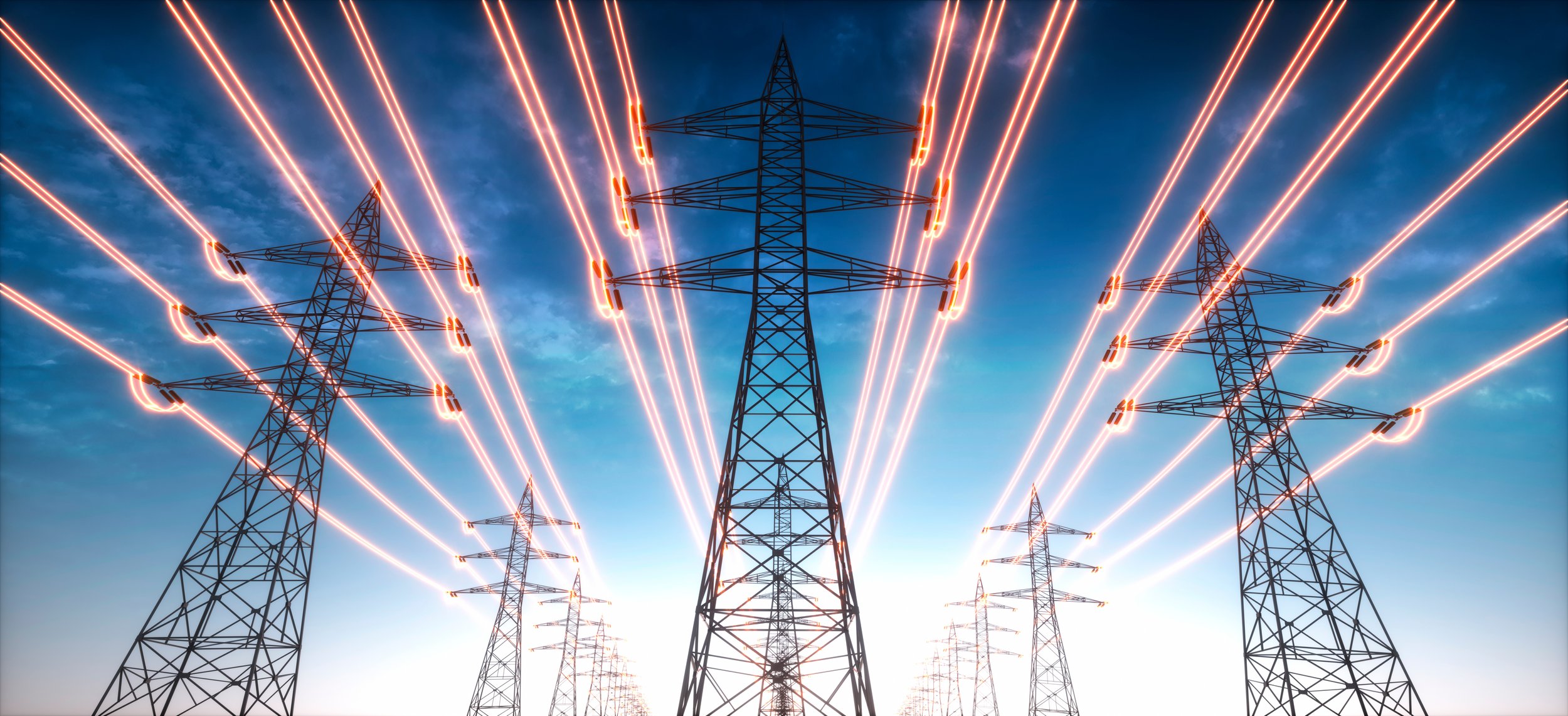VPP INTELLIGENCE Hub
If you have news updates to share please contact us.
What is a virtual power plant?
A virtual power plant is a network of energy devices, like rooftop solar, batteries and EVs, that are pooled together to serve the grid. With participants approval the devices can be called on by system operators to share, reduce and store electricity. VPPs are capital and cost-efficient choice for utilities, creating new revenue streams that also benefit consumers, while reducing the overall cost of the electricity system.
Latest news
Latest Research
recent Explainers
library
Tags
- Africa
- Asia
- Australia
- Battery Storage
- COP
- Canada
- China
- Commercial & Industrial
- Costa Rica
- DSR
- Demand-side
- Domestic
- E-mobility
- EV
- Energy
- Europe
- Global
- Hawaii
- Honduras
- International
- Ireland
- Japan
- Latin America
- Middle East
- New Zealand
- Nigeria
- North America
- Renewable Energy
- Residential
- South America
- Taiwan
- Transport
- Turkey
- UAE
- USA
- United Kingdom
- Utilities
- VPPs
- Vietnam
- Zimbabwe
- ancillary services
- data
- energy management
- energy storage
- flexibility
- microgrid
- rooftop solar
- software
- solar pv
Categories
VIRTUAL POWER PLANTS POTENTIAL BENEFITS FOR NIGERIA
Nigeria’s electricity demand has surpassed 40 TWh, yet 39% of the population remains without reliable power. As the country seeks sustainable solutions, Virtual Power Plants (VPPs) offer a promising way to stabilize the grid by integrating Distributed Energy Resources (DERs) like solar, wind, and energy storage. A new report, funded by The African Climate Foundation, explores Nigeria’s readiness for VPPs and their potential to transform the energy sector.
VPP Readiness Index
Integrate to Zero (I2Z) and Blunomy designed a Virtual Power Plant (VPP) Readiness Index to assess a country’s readiness for large-scale VPP deployment based on its technical, regulatory and commercial characteristics.
Solar households in virtual power plants a part of 'Australia's electricity future'
Australian households equipped with solar panels are increasingly contributing their surplus energy to Virtual Power Plants (VPPs), enhancing grid stability and efficiency. By integrating these decentralised energy sources, VPPs optimise electricity distribution and bolster the nation’s renewable energy infrastructure.
Solar Asset Mapper
Solar Asset Mapper's (TZ-SAM) algorithms use satellite data to detect small, commercial solar facilities globally. Updated quarterly, the dataset contains over 23,000 km² of solar across 190 countries with a combined, total estimated capacity of 922 GW.
2024 Market Monitor for Demand Side Flexibility
The 2024 Market Monitor for demand-side flexibility (DSF) is a report of smartEn in collaboration with LCP Delta. This flagship publication provides a high-level summary of demand-side flexibility (DSF) participation across 30 European markets, benchmarking their progress in enabling flexible demand in a market-based way.
Heads Explode As Virtual Power Plants Meet Self-Defending Grids
Virtual power plants are spreading across the US, enabling more electricity ratepayers to save money on their utility bills while motivating a shift away from gas appliances. Apparently President Trump hasn’t figured out a way to squash them, but give him a chance. He’ll figure it out. In the meantime, an interesting twist has bubbled up in the form of a new grid concept that launches itself into defensive mode when danger threatens, fending off cyberattacks, natural disasters, and other potential disruptions.











































